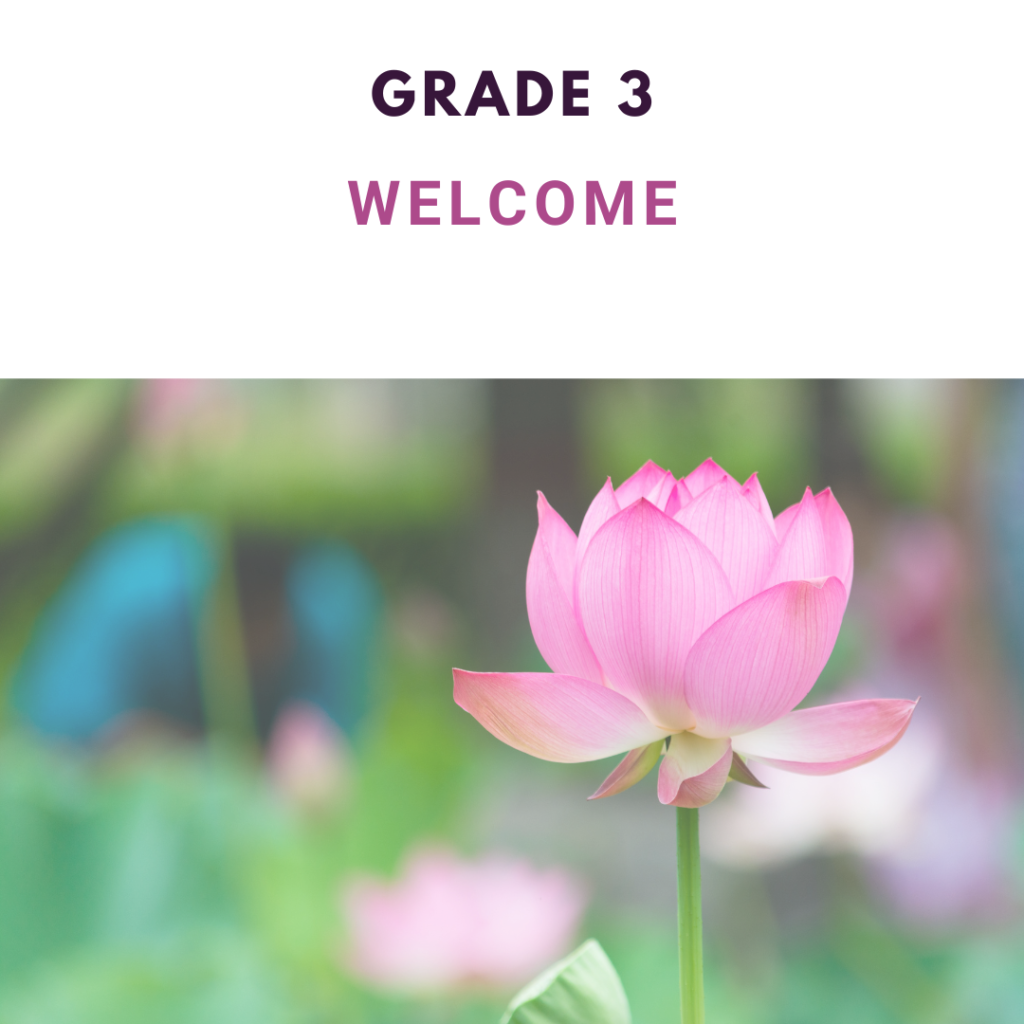
Purpose of Life
The purpose of this lesson is to help us understand that all the Manifestations of God have exhorted us to put away our selfish and fleeting desires and to focus on that which will contribute to the good of humanity and its peace and tranquility. Only in this way, they teach us, can we achieve true happiness.
Let’s reflect on what they have learned so far:
“What we have said about the laws and teachings of God’s Manifestations? “
The laws and teachings we receive from God’s Manifestations
“To what can they be likened?”
They are like lamps that serve to guide our steps.
Every Manifestation tells us we should steadfastly walk the path illumined by the light of His commandments, which is called the “straight path”. On this path, as we follow Divine guidance, we work with one another in harmony and unity.
To stay on this path, we must leave behind those things that will cause us to wander off into darkness. All the Manifestations warn us against jealousy and envy, arrogance and pride, greed and hatred.
Can you think of a few other things that could cause us to stray off the straight path?”
God’s Manifestations caution us against such desires and encourage us to acquire heavenly and praiseworthy attributes. Thus, we strive to manifest loving-kindness, even as God is loving and kind to all. We strive to be merciful and forgiving, even as God is merciful and forgiving to us. We try to be just, even as God is just to all. That is the straight path, the path of true happiness and peace.
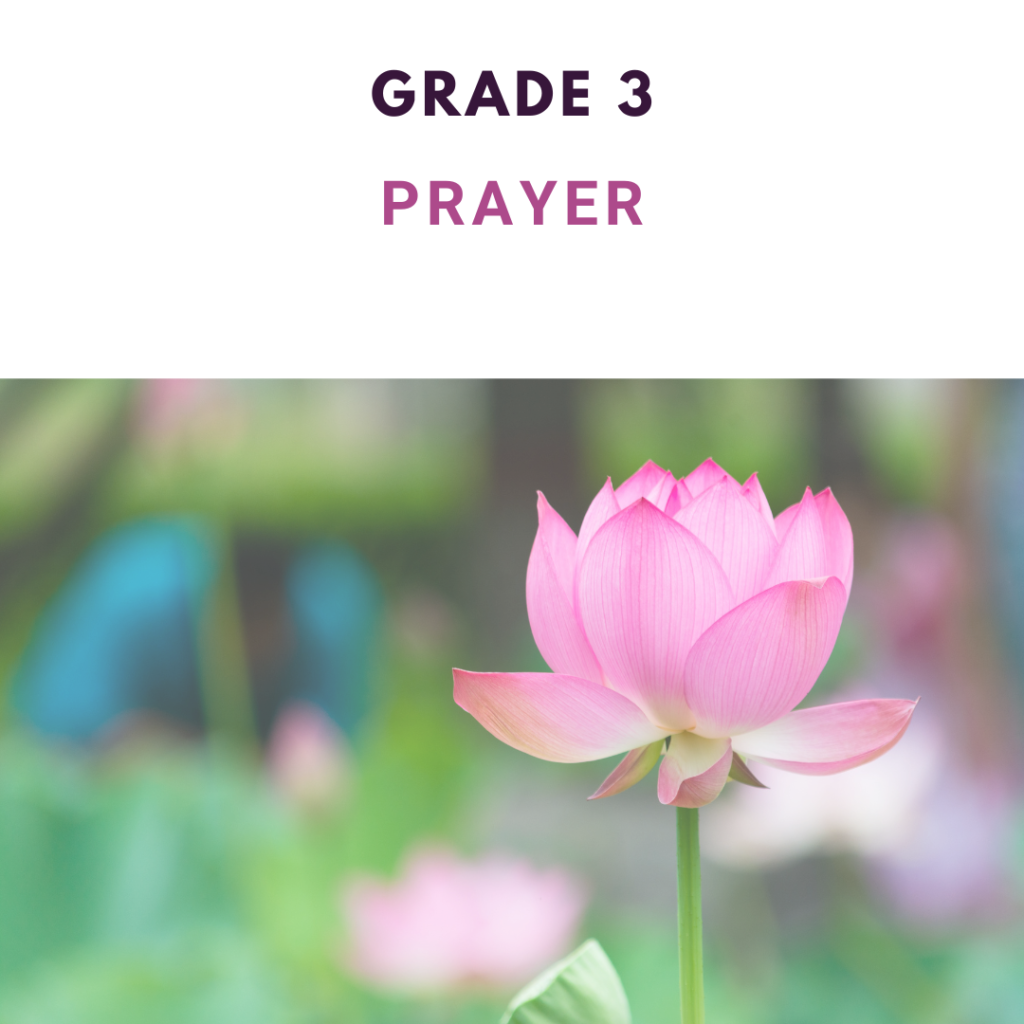
REMEMBER TO DOWNLOAD THE PDF TO HELP MEMORIZE THE PRAYERS FROM LESSON 4 IF YOU HAVE NOT ALREADY DONE SO!
SET 1
Glory be to Thee, O my God! Make manifest the rivers of Thy sovereign might, that the waters of Thy Unity may flow through the inmost realities of all things, in such wise that the banner of Thine unfailing guidance may be raised aloft in the kingdom of thy command and the stars of Thy divine splendour may shine brightly in the heaven of thy majesty. Potent art Thou to do what pleaseth Thee. Thou, verily, art the Help in Peril, the Self-Subsisting.
SET 2
I beseech Thee, O my God, by all the transcendent glory of Thy Name, to clothe Thy loved ones in the robe of justice and to illumine their beings with the light of trustworthiness. Thou art the One that hath power to do as He pleaseth and Who holdeth within His grasp the reins of all things, visible and invisible.
SET 3
I have wakened in Thy shelter, O my God, and it becometh him that seeketh that shelter to abide within the Sanctuary of Thy protection and the Stronghold of Thy defence. Illumine my inner being, O my Lord, with the splendours of the Dayspring of Thy Revelation, even as Thou didst illumine my outer being with the morning light of Thy favour.
SET 4
O my God, my Master, the Goal of my desire! This, Thy servant, seeketh to sleep in the shelter of Thy mercy, and to repose beneath the canopy of Thy grace, imploring Thy care and Thy protection. I beg of Thee, O my Lord, by Thine eye that sleepeth not, to guard mine eyes from beholding aught beside Thee. Strengthen, then, their vision that they may discern Thy signs, and behold the Horizon of Thy Revelation. Thou art He before the revelations of Whose omnipotence the quintessence of power hath trembled. No God is there but thee, the Almighty, the All-Subduing, The Unconditioned.
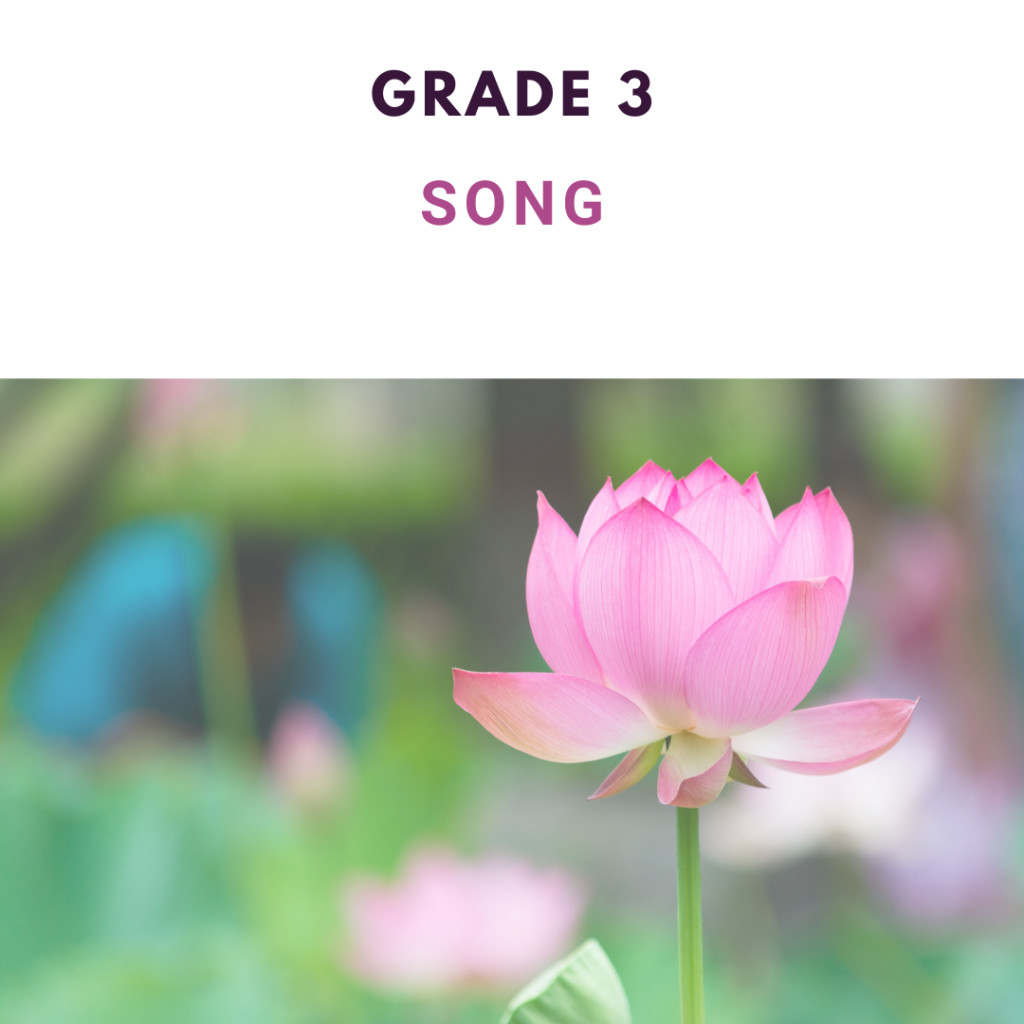
BUDDHIST BAPTIST CATHOLIC JEW
GREAT HUMAN GARDEN
GOOD CHARACTER
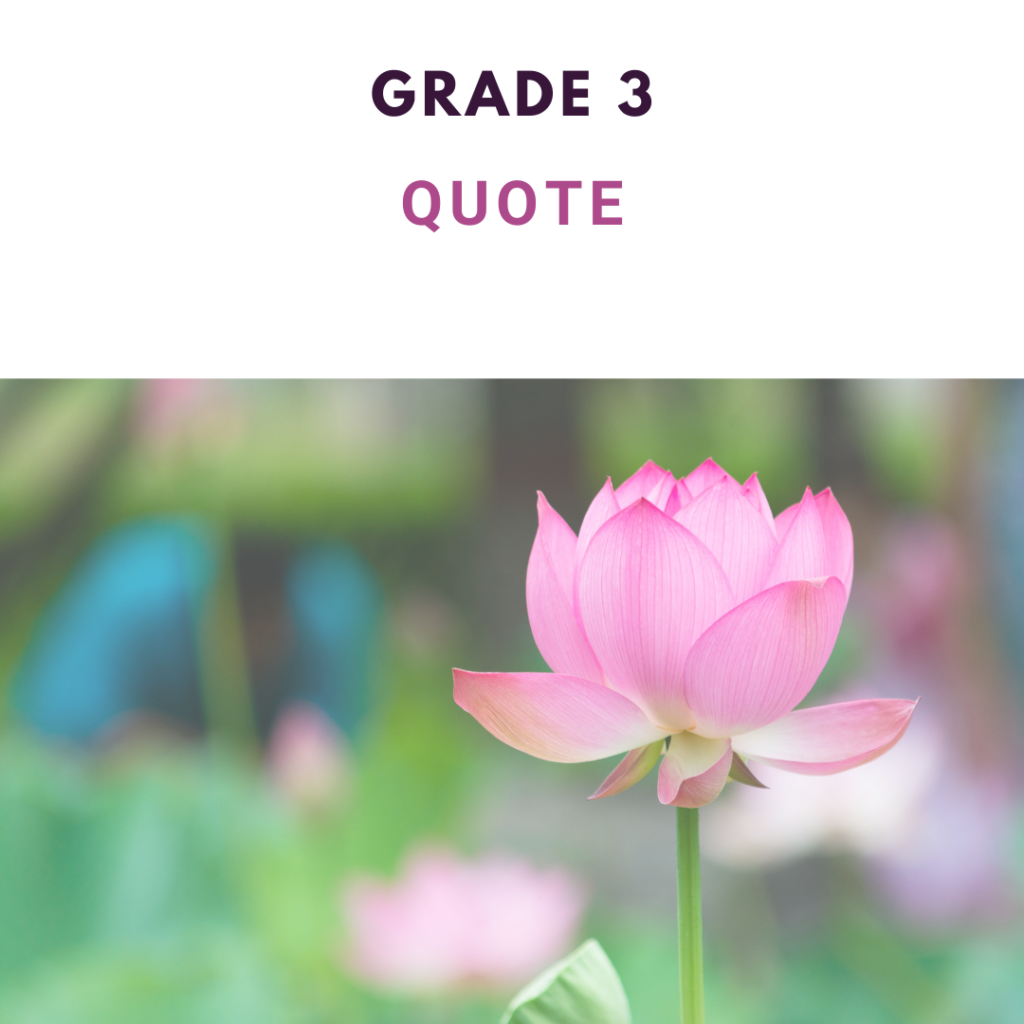
In the quotation below, Bahá’u’lláh calls upon us to follow the straight path that leads to God, our Creator.
Say: O children of dust! He Who is the Spirit of Purity saith: In this glorious Day whatsoever can purge you from defilement and ensure your peace and tranquility, that indeed is the straight Path, the Path that leadeth unto Me.
Baha’u’llah, The Tabernacle of Unity
MEANING OF WORDS: USE THE WORKSHEET
For any words, you are not sure of and save them in your notebook/ lapbook Download it here
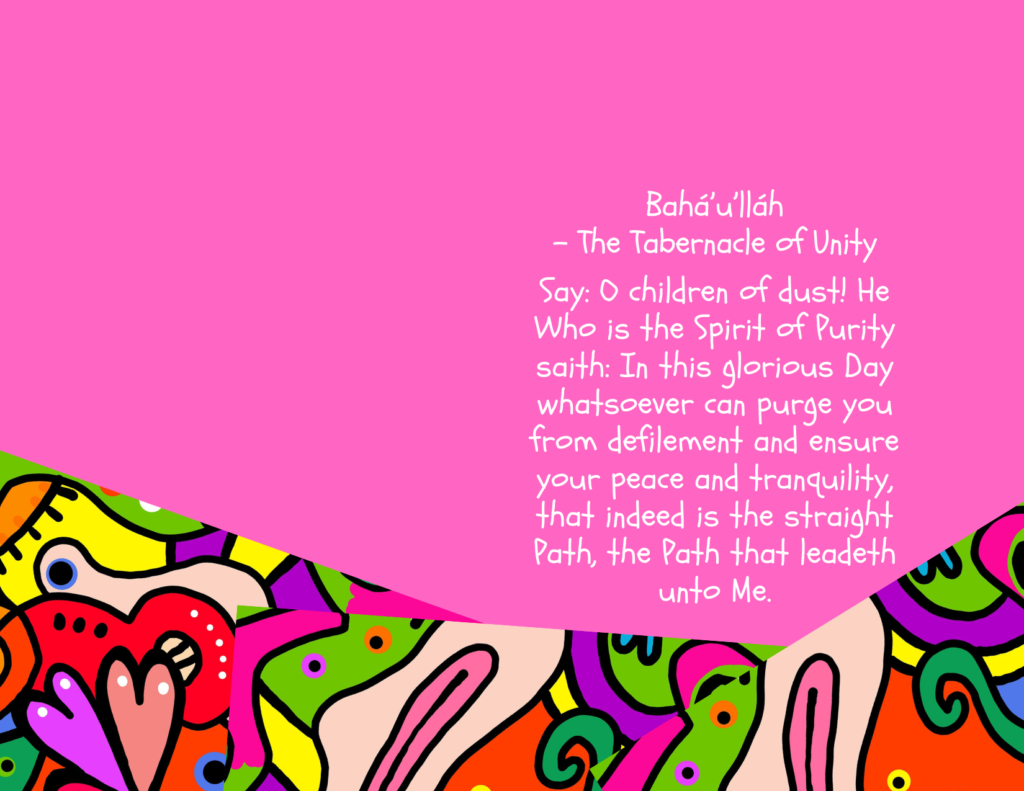
SEND A POSTCARD WITH THE QUOTE TO A FRIEND PRINT OR EMAIL

The historical episode for this lesson consists of an overview of the life and Mission of Buddha, together with a few stories that will help reinforce the ideas
Buddha was a Manifestation of God Who appeared some two and a half thousand years ago in ancient India. Born a prince, He was surrounded by luxury and wealth. But, at the age of twenty-nine, Buddha left the luxury and opulence of the royal palace and saw for the first time the pain and suffering that afflicted the people of the land. This greatly affected Him.
Buddha spent the next six years in search of the path to happiness. He finally reached the goal of His search when, at the break of dawn, while sitting under what we now call the Bodhi Tree, the tree of wisdom, God illumined Him with the light of true knowledge. It was from that time forward that He became known as the Buddha, which means the “Awakened One” or the “Enlightened One”. He then went on to teach the people of His time to walk a path that would avoid two extremes: one extreme was to spend life seeking material pleasures, heedless of the needs of the spirit, and the other was to reject the world and deprive oneself of the benefits of physical existence. He explained that, by freeing ourselves from earthly desires and cravings and exercising discipline, we can achieve harmony between our physical needs and spiritual aspirations.
All of God’s Manifestations teach us that true life is the life of the spirit, However, it should also become clear that Buddha, like other Manifestations, told us that we must take care of our bodies and work for the benefit of those around us while we are in this physical world. Buddha used the analogy of a lute-player to help people understand the idea that we should avoid extremes. A lute is an instrument with strings, and Buddha explained that a lute- player must tune the strings of his instrument neither too tight nor too loose to produce a harmonious sound.
For some forty-five years, Buddha traveled throughout the region sharing the knowledge that God had revealed to Him. The penetrating light of His words awakened many souls to their true nature. His teachings helped them bind their hearts to the spiritual world that is changeless and eternal, while still appreciating the bounties of this material world. Today these teachings are recorded in a Holy Book called the Tripitaka, which means the “Three Baskets”.
Story 1
Buddha was born some two and a half thousand years ago in a place called Lumbini, it is believed, which is part of Nepal on the border with India. His father was a king who had long wished to have an heir who would one day rule in his place. Soon after His birth, Buddha’s mother died. In a ceremony celebrating His birth, several wise men, upon beholding the beauty of His countenance, predicted He would grow either into a great emperor or into a great spiritual teacher. Naturally, His father hoped for the first, and so he decided to conceal from his Son all the suffering and sadness in the world and to surround Him with beauty and luxury. This way, His father thought, He would surely develop a love for material things and would become a great warrior and powerful emperor with vast riches. A high wall was built around the palace gardens to shield the Boy from life outside, and the king made certain that his Son was never in want or need. He was determined Buddha should know only wealth and happiness. This, of course, was not to be.
At the age of twenty-nine, Buddha asked to leave the royal estate and visit the countryside. He set out one day with His charioteer, Channa, and was deeply struck by what He saw. He had been accustomed to comfort and happiness. Now He observed sickness and death. People labored and toiled under the yoke of misery. He turned to Channa and asked the meaning of what He had seen. “Your life of happiness, Master,” he responded, “is the unusual one.” Sickness, old age, and death, he explained, are the common lot of man. So it was that Buddha became aware of pain and agony, oppression and cruelty, and He decided to renounce His princely life and dedicate Himself to alleviating the suffering that existed in the world. In the dead of night, He left the palace, exchanging His rich robes for the simple clothing of a monk.
Story 2
Buddha spent the next six years in prayer and meditation, living a simple life, free of earthly things. He had no home and ate what little food people offered Him. Perhaps you know that in India at the time, those who chose to follow a spiritual path would often give up all that they possessed and would spend their days in quiet contemplation, while others would provide them with their daily nourishment. Buddha lived on the meager sustenance He received in this way. Eventually, He went to study first with one, and then with another, of the great spiritual teachers of His time. So profound was His own spiritual insight and understanding that each hoped Buddha would succeed him. But He was not interested, for the period of His search had not come to an end. Still, He had not found a way to conquer old age, disease, and death, and He continued on His way.
At last, He went to the edge of a great forest and entered it, and there He lived a life of utter seclusion. He spent long hours meditating in the silence of the woods around Him and contented Himself with little. Food became of no importance to Him. It is said that, at one time, He lived on a single grain of rice a day. By then, His body had become weak from hunger, and His mind began to lose its sharp focus. He had abandoned every earthly thing, even food and drink, but, still, He had not found the knowledge He so desired. In this way, He came to realize that such self-denial was not the path to spiritual truth, for how could knowledge be accessible to a mind so weakened by hunger that it could not think? A bowl of sweet porridge rice, left by a kind woman named Sujata, helped Him to regain His strength.
Buddha then arose and sat at the foot of a tree. It was under this tree that God illumined Him with true knowledge. A new and wondrous set of teachings flooded His heart and mind. His six-year period of search had ended. It was from that time onward that He became known as the Buddha, which means the “Awakened One” or “Enlightened One”.
Buddha, who was thirty-five years of age, was in the present-day Indian state of Bihar at the time, and the tree is now referred to as the “Bodhi Tree”. He continued to meditate in the forest for some forty-nine days and then He set out to teach the knowledge God had revealed to Him. Nearing the city of Benares, He came upon five monks who practiced extreme self-denial, believing that it would lead them to spiritual truth. Initially, when they saw Buddha in the distance, the monks thought that He had abandoned His life of detachment. So they decided that, while it was acceptable for Him to sit among them, they would not go out to welcome Him. But as Buddha approached them, they felt drawn to His Holy Presence and were filled with the desire to serve Him. They prepared a seat for Him and fetched water to wash His feet, a towel, and a footstool. Then He announced to them the glad tidings of a new Day of God. As soon as they heard His Message, they accepted its truth. They were among the first to recognize Buddha’s station and to follow His teachings.
Story 3
With great love, Buddha began to proclaim His Message to the people of the region. His teachings endowed them with a new understanding of life and brought tranquility and joy to their hearts. Large numbers were attracted to the radiance and grandeur, majesty, and beauty, that had become manifest in Him. He would sit in the fields and teach the many people who sought His wise counsel. He told them to look beyond the things of this world that decay and perish and to seek true happiness in that which is everlasting. You realize, of course, that Buddha was teaching them the true way to conquer sadness caused by sickness, old age, and death, the three signs of suffering that He had seen in the world when He first left the royal estate with His companion Channa many years before. Every person experiences misery and sorrow, His teachings explained, and it is only when we recognize that true life is the life of the spirit, not physical existence, that we can prevent suffering and sadness from ruling our hearts. One woman called Kisa Gotami learned this lesson from Buddha Himself, and her story is still recounted by many.
Kisa Gotami was overcome with grief. Her first-born son had taken ill and died, and she became so distraught that she roamed the streets ceaselessly, asking for help to bring her son back to life. A kind and wise man took her to see Buddha. Buddha told her that, if she brought Him a handful of mustard seeds, He would give life back to her son. But, He indicated, the seeds must come from a house that had never known the loss of a child or parent, a husband or wife, a friend or relative. Full of confidence, Kisa Gotami set off to gather the seeds. She went from door to door, to every home in the village, asking for the precious seeds. But, at every door, she would hear: “Oh, we have seen many deaths here,” “I lost my father,” or “I lost my sister.” There was no family that had not been touched by death. Kisa Gotami became sad and hopeless and sat down at the side of the road, watching the lights of the city as they flickered up and were then extinguished. At last, there was darkness everywhere. As she sat in the darkness, she considered the fate of human beings; like flames, they come into this world and their lives burn away. She realized that both life and death are common to all, and this realization brought peace to her heart and enabled her to accept her suffering with contentment.
The transformative power of Buddha’s words affected countless other people—kings and princes, merchants and beggars, men and women. He was some eighty years old when He passed away in Kushinagar, today in the Indian state of Uttar Pradesh. Until His very last day on earth, Buddha continued to teach vigorously, and after His Spirit ascended from this world, His disciples traveled near and far sharing His teachings. As time passed, India and other parts of Asia were increasingly influenced by His Message, and His teachings led to the betterment of many aspects of life. Buddha came to be known as “the Light of Asia”.
FROM BRILLIANT STAR MAGAZINE STORY
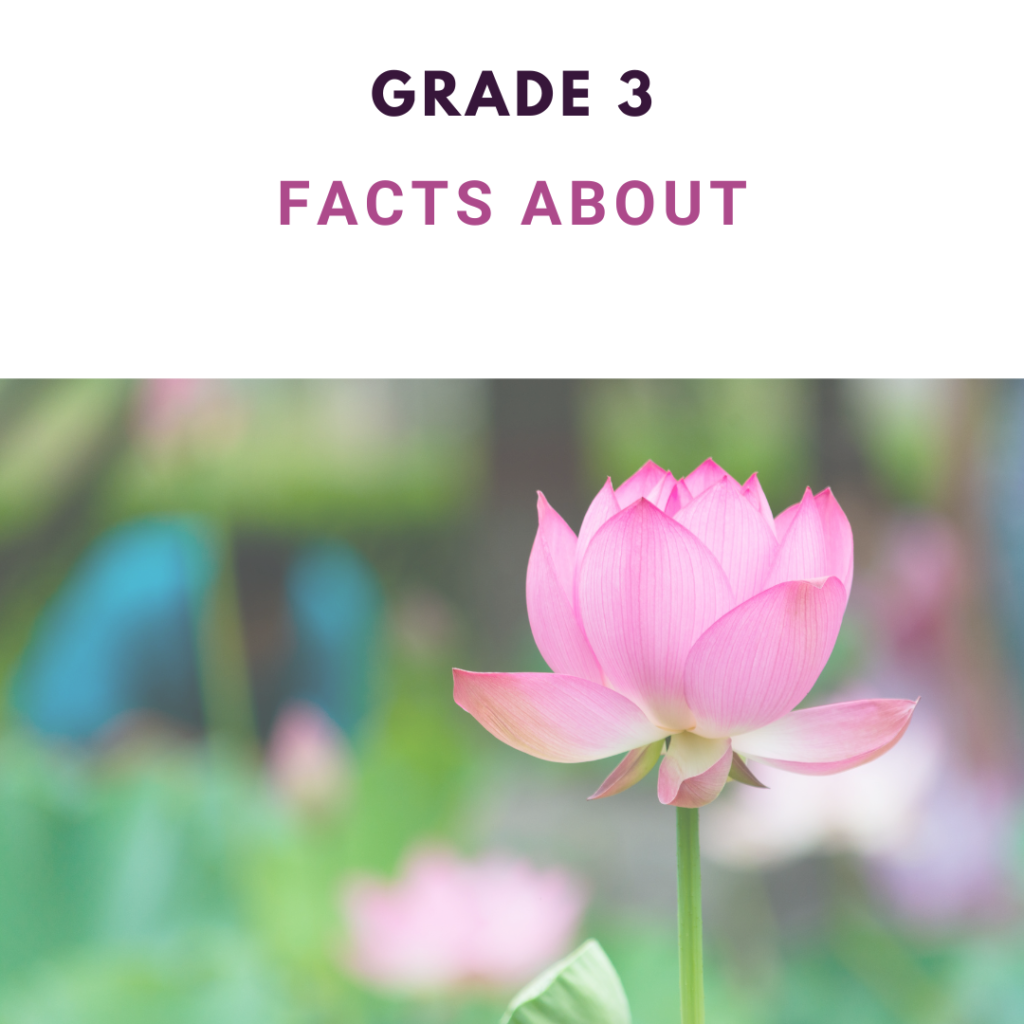
FACTS ABOUT BUDDHA
- Buddha was born a prince.
- Buddha was twenty-nine years of age when He left the royal estate in search of an end to suffering.
- Buddha received from God the knowledge of all things as He sat under the Bodhi Tree.
- The Buddha means the “Awakened One” or the “Enlightened One”.
- Buddha taught people to walk a path that avoids the extremes of indulgence in physical pleasures and complete rejection of all physical enjoyment.
- For some forty-five years, Buddha traveled throughout the region sharing the knowledge that God had revealed to Him.
- The Buddhist teachings are recorded in the Tripitaka.
Facts BUDDHA
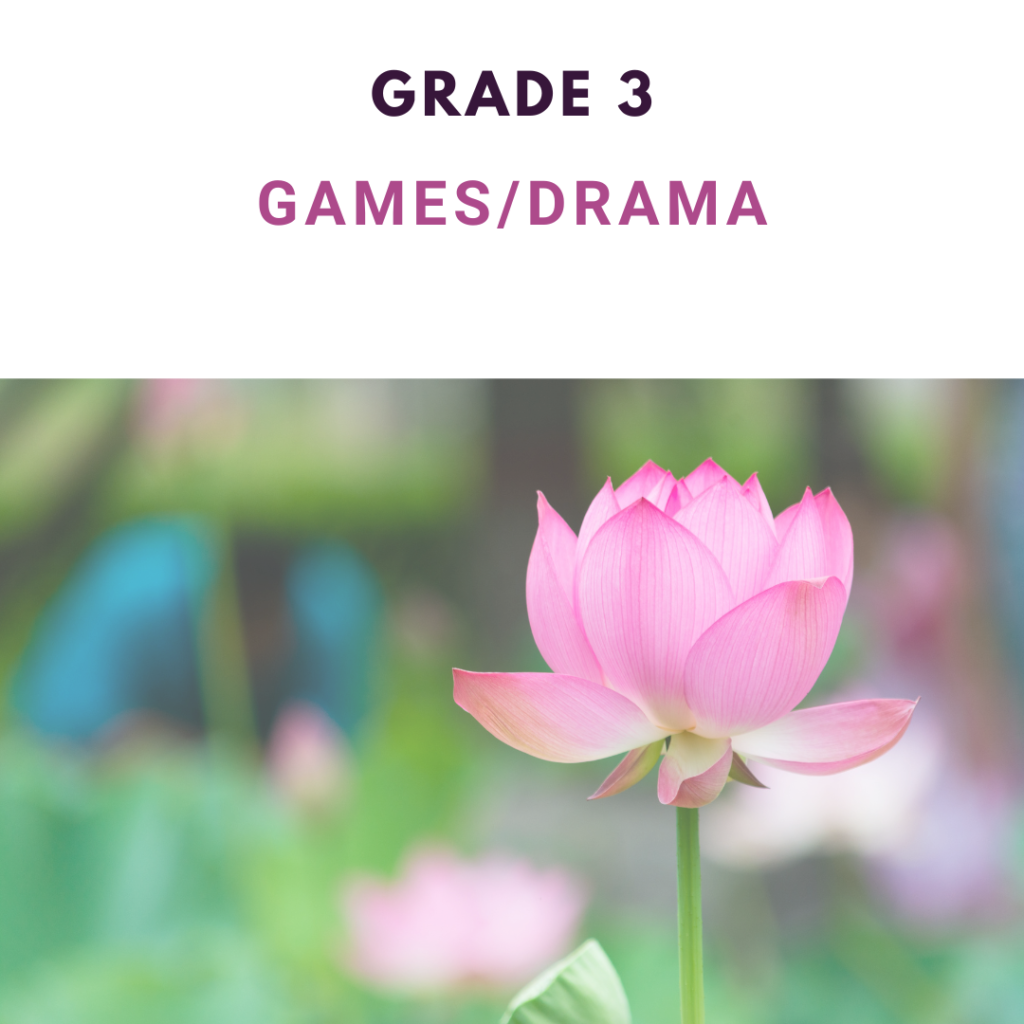
ACTING
ACT OUT THE STORY OF KISA GOTAMI. NOTE Do not portray the Manifestation of God. Have Kisa go house to house
But, at every door, she would hear:
“Oh, we have seen many deaths here,”
“I lost my father,” or “I lost my sister.”
There was no family that had not been touched by death. Kisa Gotami became sad and hopeless and sat down at the side of the road, watching the lights of the city as they flickered up and were then extinguished. At last, there was darkness everywhere. As she sat in the darkness, she considered the fate of human beings; like flames, they come into this world and their lives burn away. She realized that both life and death are common to all, and this realization brought peace to her heart and enabled her to accept her suffering with contentment.
Hula Hoop Pass
Have the group form a circle and hold hands. Ask two people to let go of their grip long enough for them to place their hands through a hula hoop before rejoining them.
The team task is to pass the hula hoop around the circle in a specified direction until it returns to the starting point.
Silly Willy
- Two lines stand facing each other and become teams.
- One player from each team, at the opposite end of the line, starts by bowing to each other and calling out “Silly Willy”
- The two players then walk toward and past each other without laughter or smiling, while the teams attempt to make the passer-by from the opposite team burst into laughter. (Specify beforehand that it all needs to be clean and appropriate)
- If a player cracks a smile, they join the line of their opponents.
5. The game ends when there is only one team left, or everyone is too laughed out to continue!
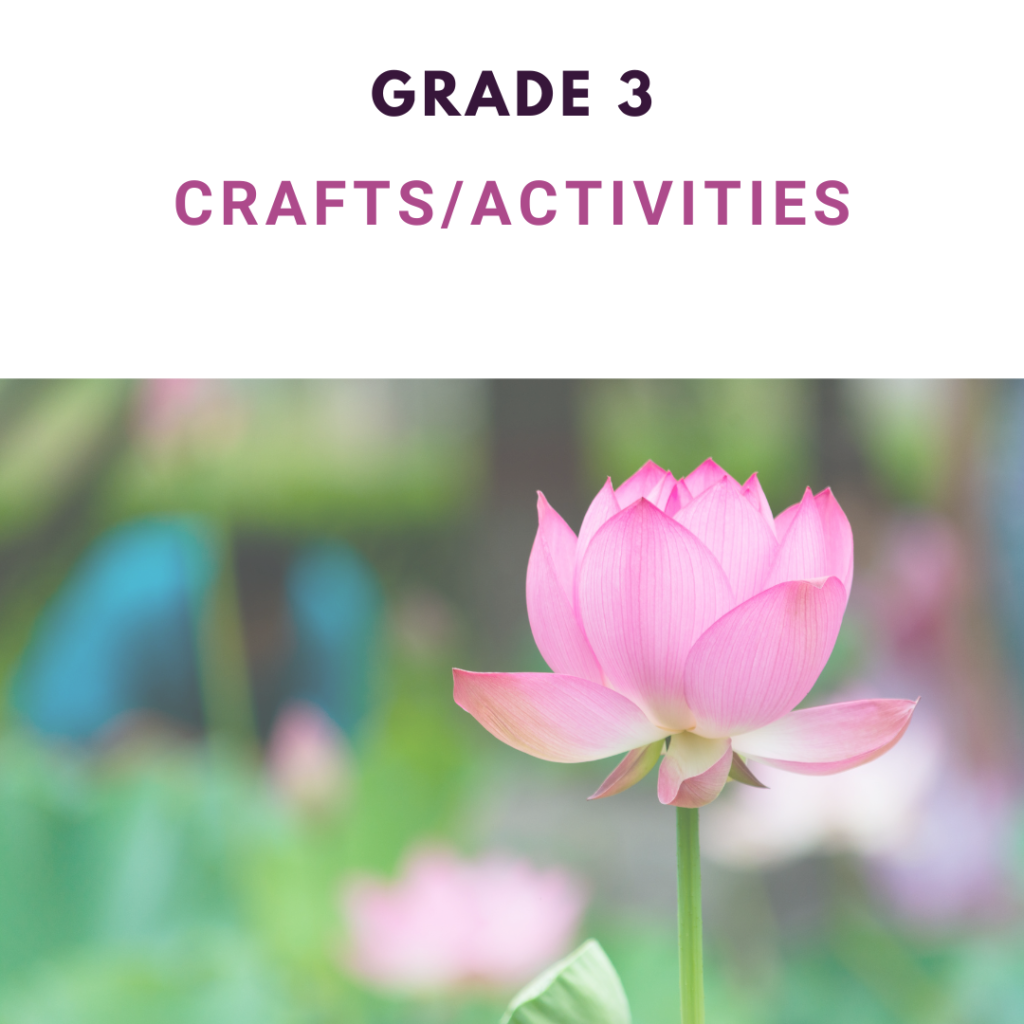
Zen garden to assemble
To Create a Zen Garden you will need
- Small container
- Sand
- Small stones and embellishments
- A rake AKA plastic fork to make designs in sand.
Make a Bodhi tree
Prayer Flags
Thank you to Jaleh for sending this craft. The children coloured in prayer flags for their activity. Hope you can all make your own
Below is a video of Tibetan and Nepalese “Prayer Flags” Explained | Trek Tips

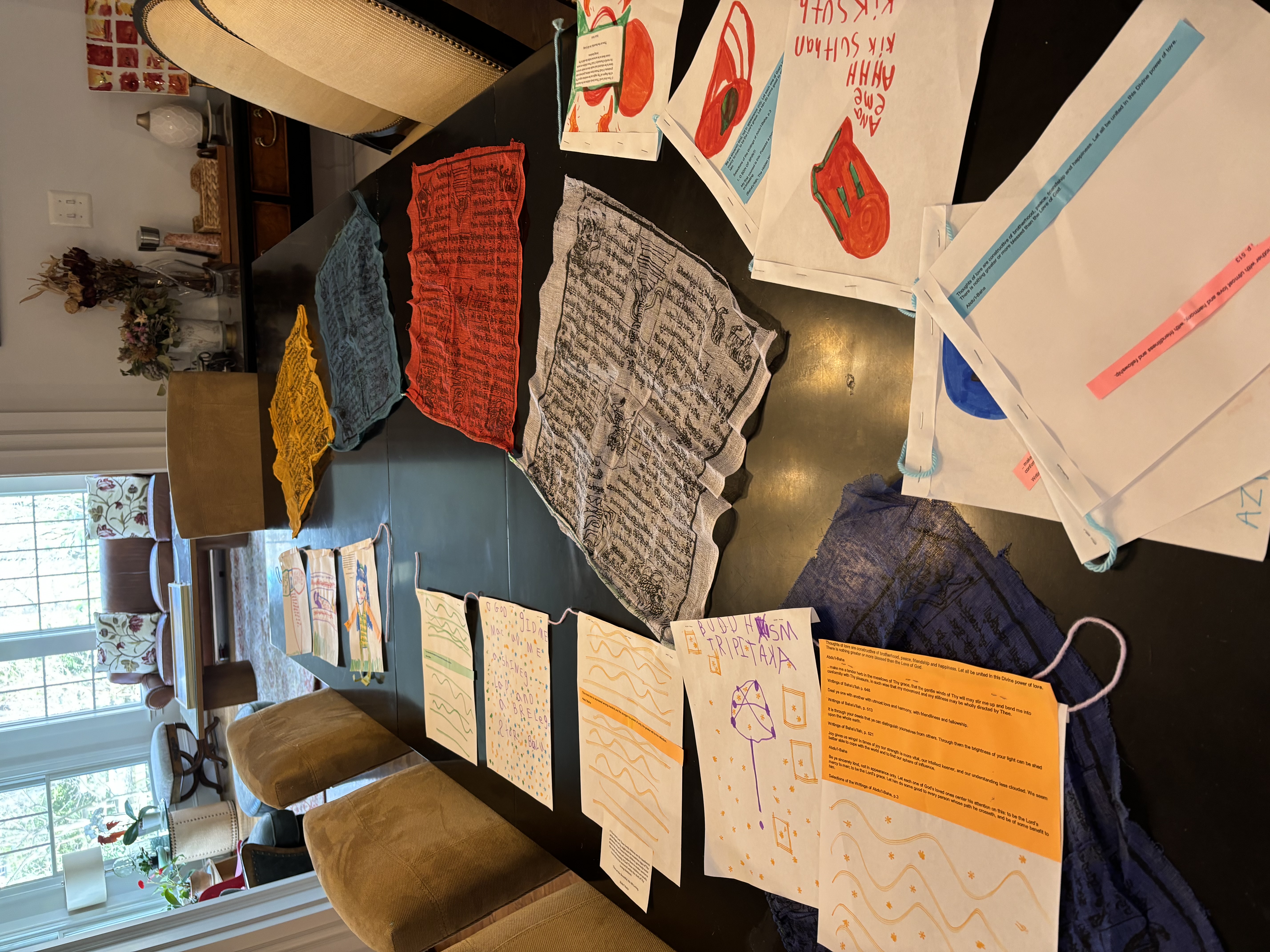
ACTIVITIES FROM THE AUSTRALIAN PEACE PACK
THE AUSTRALIAN PEACE PACK BUDDHA
FROM BRILLIANT STAR MAGAZINE
Maya’s Mysteries: Listening to Your Spirit – Meditation exercise
Vol. 39 No. 5, p. 17
Stars of the Spirit – Virtue find about the soul
Vol. 42 No. 1, p. 16
The Wise Deer – Adapted from a Buddhist Tale
Vol. 42 No. 5, p. 18
Joyful Journeys – Maze, mentions Buddhist pilgrimage
Vol. 42 No. 5, p. 29
Shining Lamp: Kanichi Yamamoto – Buddhist becomes a Christian, then a Bahá’í
Vol. 38 No. 5, p. 27
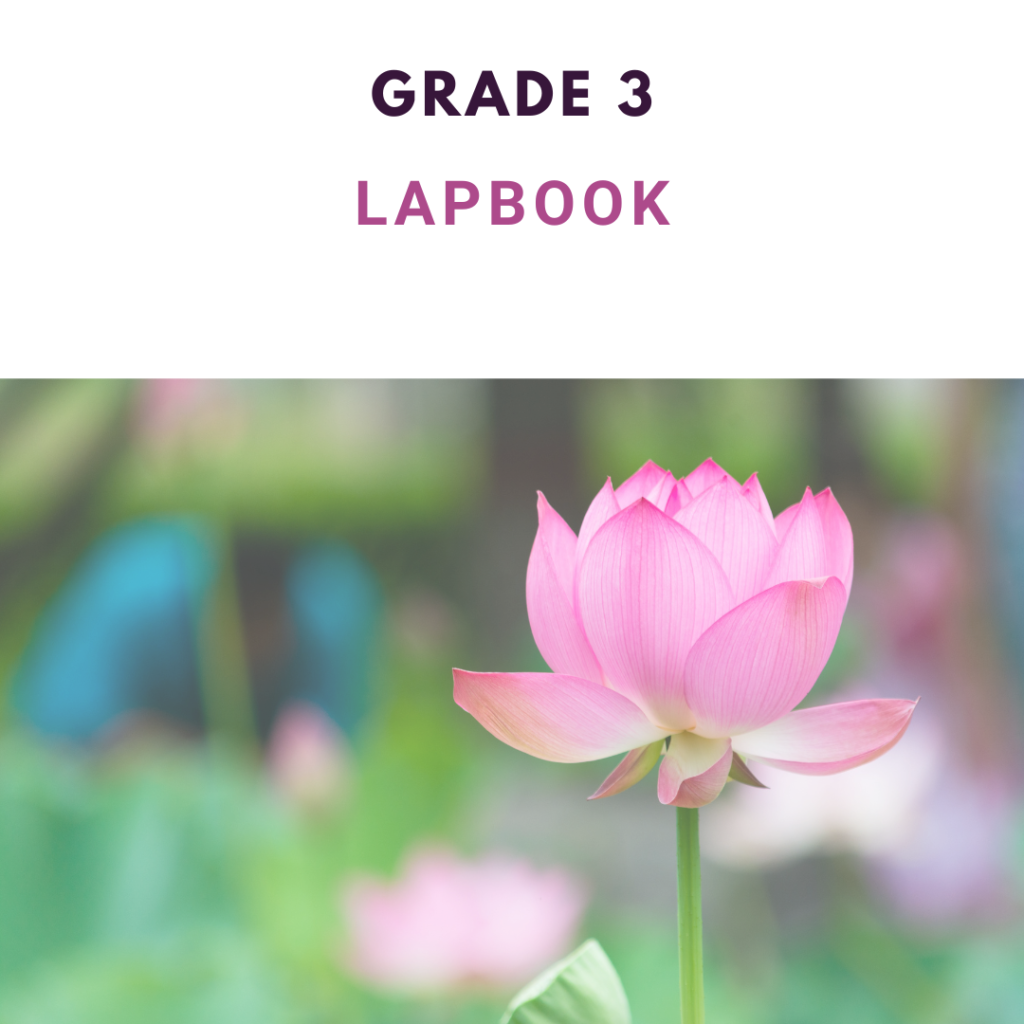
Lapbook Components
For Buddha the lapbook components are found HERE
- Lapbook Cover
- Buddha Birth Story
- The EightFold Path
- The 4 Noble Truths
- The meaning of the Wheel Symbol
- The names Of Buddha
- Fun Facts About Buddha
- 2 Festivals
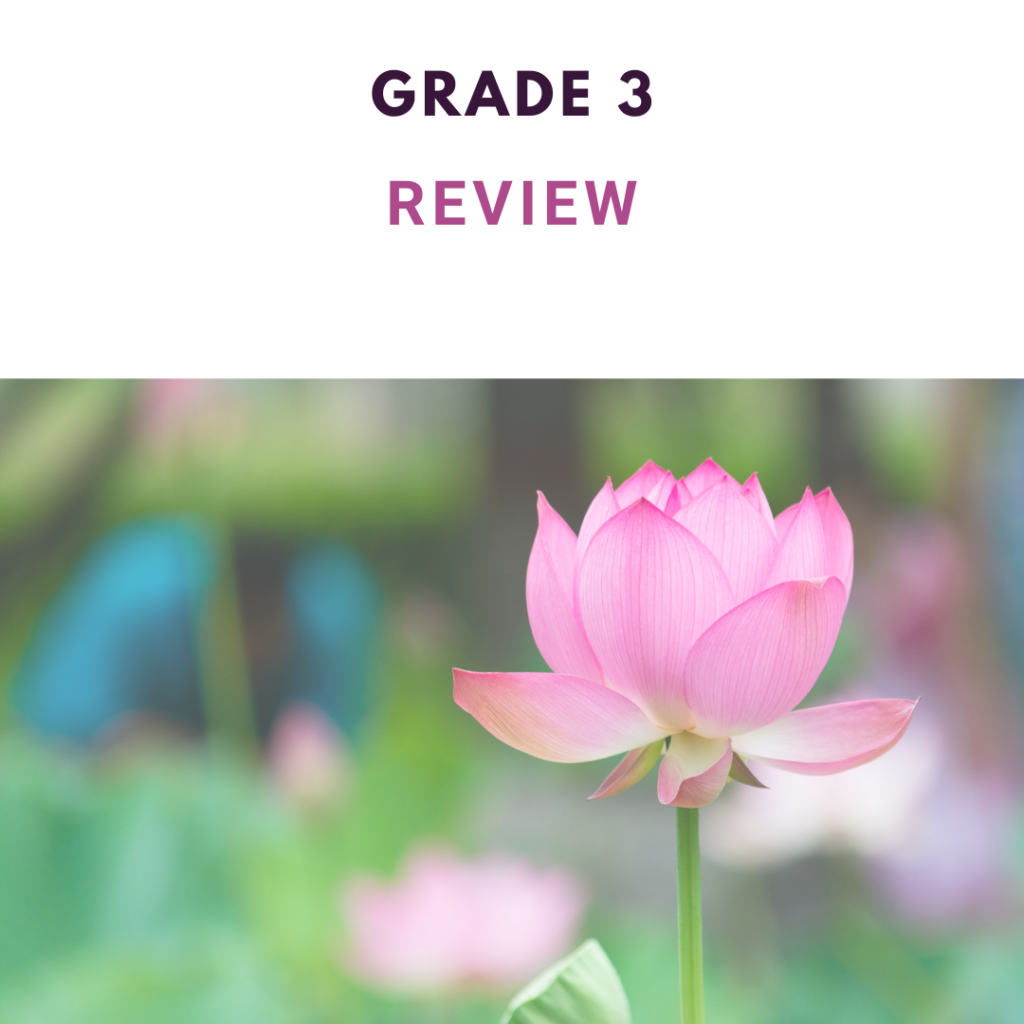
T A B L E T SO F B A H Á ’ U ’ L L Á H
O ye beloved of the Lord! Commit not that which defileth the limpid stream of love or destroyeth the sweet fragrance of friendship.
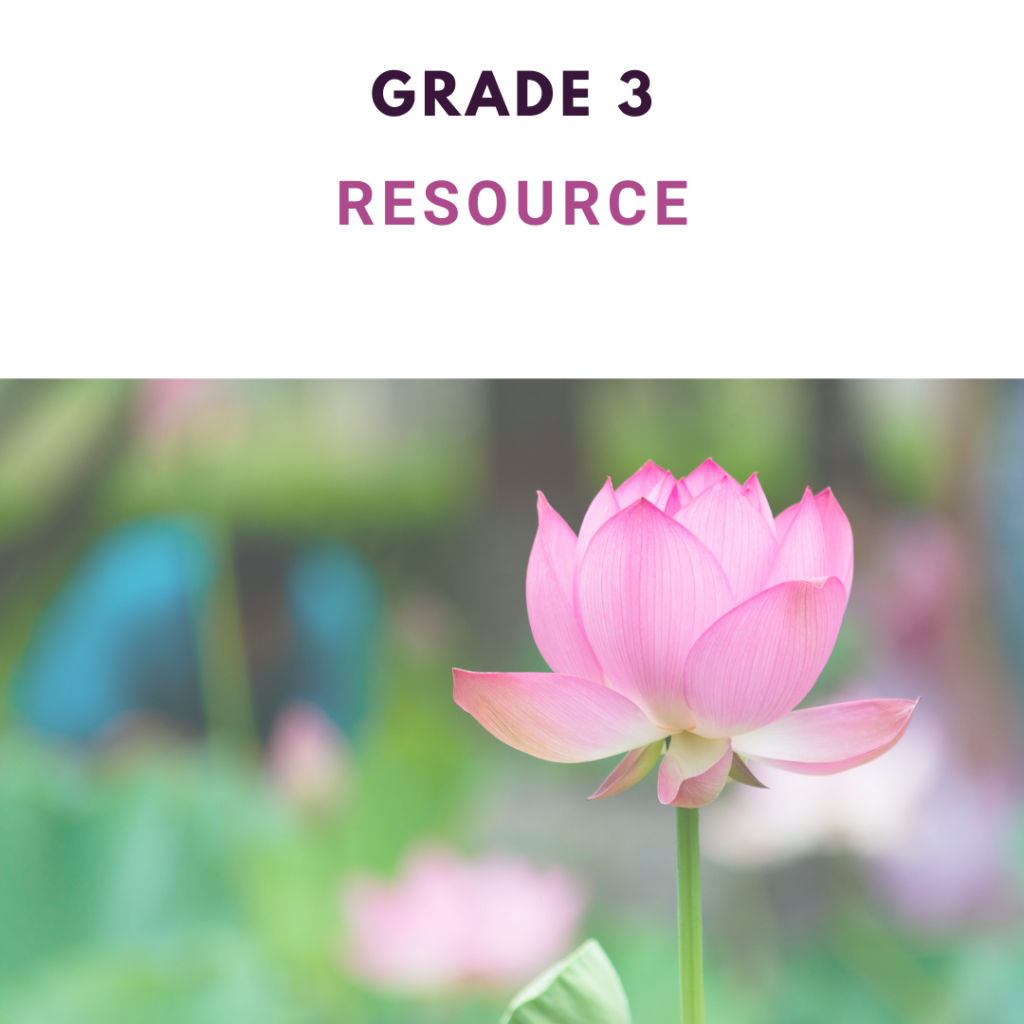
Suggest a resource
No additional resources at this time. Please let us know if you found a great addition to this lesson!


